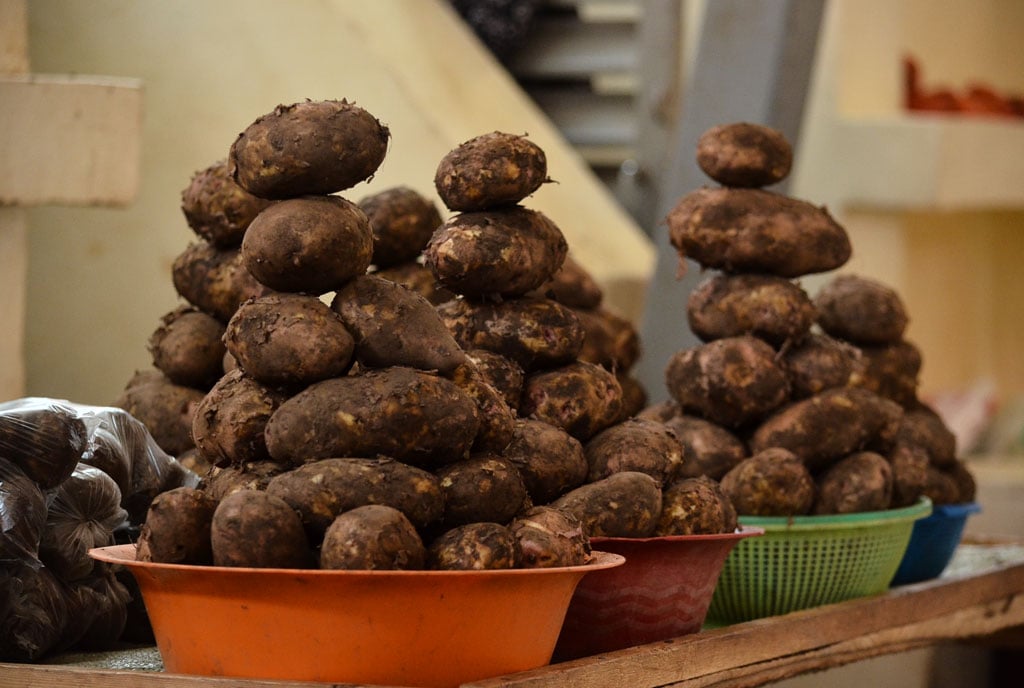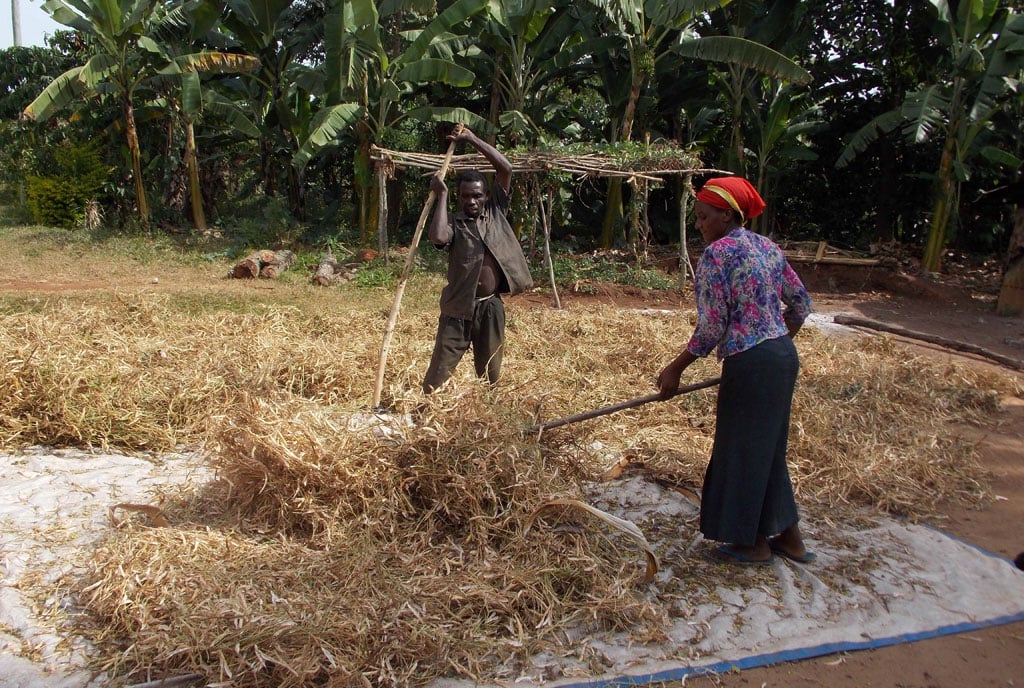Prime
At the farm: Explore food literacy and heritage

Guests in the agricultural museum. PHOTO/RAJAB MUKOMBOZI
What you need to know:
- “We were given a chance to learn a farm skill. I learnt how to milk cows and drank some fresh milk straight from the cow’s udders.”
The first time I visited Excel Hort Consult Agriculture Museum, I was on a short working visit with a team from World Food Programme (WFP). But curiosity drove me into visiting the farm again. This time round, I was alone.
I boarded a taxi and walked some of the distance to the museum. I paid Shs30,000 as entrance fees to visit the museum and tour different sections of the farm.
My guide for the day handed me gumboots, a hut and a walking stick. I joined another visiting group in the agricultural museum.
Inside the museum, the guide gives us a brief orientation of farming history on how food production was done in the past, the farming tools they used and how food was preserved.
I was amazed when I saw papyrus and sisal mats, which we used to sit on before civilisation happened. I saw a grinding stone. This brought back memories of how our mothers prepared millet flour back in the day.
A farm supermarket?
Then we were taken to a farm supermarket. I asked why they named it so and the guide said, “It has all types of vegetables and spices. Even with the smallest piece of land, you can still feed your family with healthy and organic food,” she explained.
Our guide interested us in urban farming techniques such as rooftop farming, growing crops in old tyres, sacks and buckets. We were also taken to a green house and a fish farming section. The four-hour guided tour takes us through a section of crop production that includes a banana plantation, dairy farming, goat farming and piggery.
Every time we were taken to a different section of the farm, the guides changed too. We were told that guides are experts in different farming skills.
During the tour, we are given a chance to learn a farming skill. I learnt how to milk cows and drank some fresh milk straight from the cow’s udders. I also did some blacksmithing. When I chose to touch a horse, it charged on me and almost knocked me down.
Indoor and outdoor activities
The guide cautions me to be careful and follow guidelines. We were also cautioned about bees in the apiary section. We were also briefed on poultry keeping skills. After touring each section, we took a break and were entertained by traditional dancers. It could not get more interesting than this.
At this point, I am hungry and exhausted. We took a rest and we are given a drink under the tree shades in the farm. Moments later, karo (millet bread) and Eshabwe are served.
The farm which has both outdoor and indoor themed activities, offers visitors a unique opportunity to learn about agriculture, visit a functional farm, interact with animals, take part in farm demonstrations and explore modern agricultural solutions and innovations.
The agriculture museum exhibits farming from the past, present with exhibits, farming sections, interactions, display of artefacts and technology in agriculture.
The guides at the museum will give you real farm experience. In the crop production section, you will be shown how different crops are grown, maintained and harvested. You will also learn about fishing.
Opposite is a structure that exhibits the entire food value chain of different crops from preproduction, production and post-production.
We were treated to fresh, organic food, straight from the garden and we also took part in its preparation.
Different sections to tour
At the value addition section, I tasted banana wine. You will be taught basic skills of making chilli, liquid shop, spray and lotions.
I toured the food preservation section, with granaries, depicting how communities went about food security and indigenous seed preservation in the past.
At the blacksmith section, I observed how indigenous agricultural tools were made. The livestock section has cows, pigs, rabbits and then poultry and apiary. If you have time, you will also be taught how to make organic fertilisers and poultry feeds.
Professor Alex Ariho, the executive director of Excel Hort Consult, says his vision was to establish an agricultural museum and make agriculture fun and entertaining to people.
“Agriculture remains a key sector in the country and it is important that we interest young people in it,” he explains.
The farm’s sections range from crop production technologies, preservation, value addition, the fishing section, poultry, livestock, piggery, bee keeping, and a blacksmith house, culture and science.
“We offer interactive tours, fun and educative demonstrations. You are allowed to milk a cow, prepare a meal, spray animals, fish, feed animals and irrigate the plants,” says Sarah Tusingwire, one of the guides at the farm. Children who live in urban areas will learn where food comes from, do rabbit hunting, horse rides, quizzes and play games.
Food literacy
There is also a mentor -mentee arrangement, where professionals, researchers and experts in agriculture (mentors), meet young people (mentee) and discuss contemporary issues in agriculture.
You will be treated to a campfire and cultural entertainment.
Enjoy agri-tours, horse riding, rabbit hunting, bird watching, milking cows and nature walks. The farm is located about 10 kilometres in Biharwe in Mbarara City, South division, on Mbarara-Masaka road.




